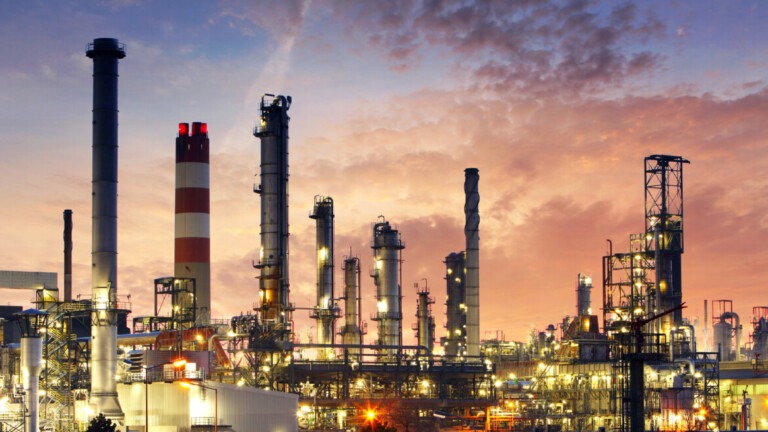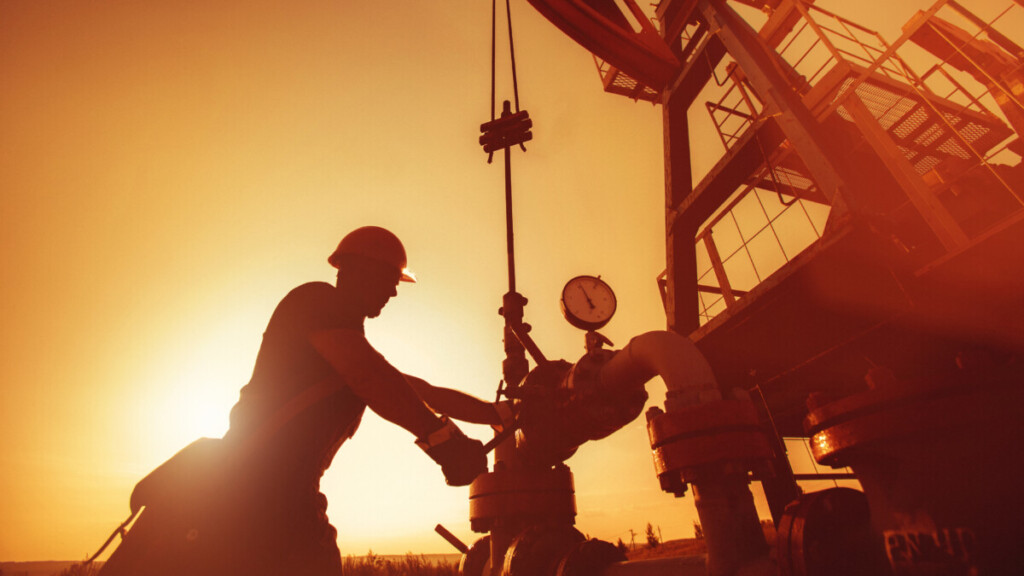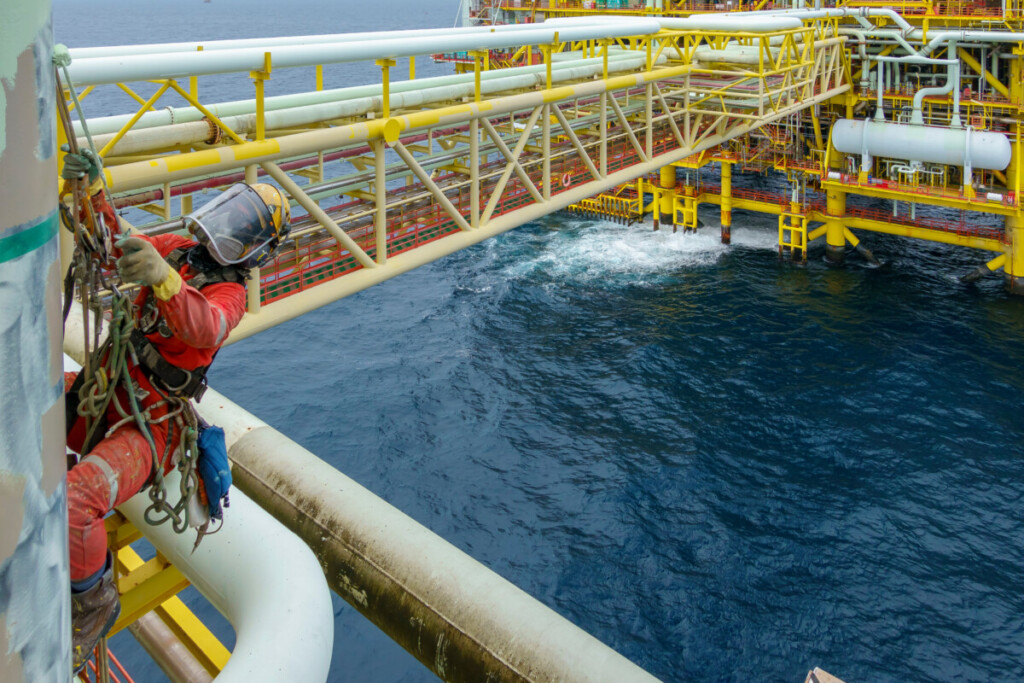How Asset Tracking Helps The Oil & Gas Industry’s Predictive Maintenance Needs

Oil and gas companies have traditionally taken an interval-based approach to maintaining infrastructure throughout each stage of their operations. Whether a piece of equipment received maintenance based on the amount of time that had passed or the observed wear and tear, this system leaves a number of gaps in monitoring that could result in equipment failure.
The availability of IoT sensors and networks has changed how oil and gas companies are able to maintain their infrastructure. By shifting to a predictive maintenance model, these organizations are able to assure the right assets are operating at peak performance and efficiency. This shift is happening at a time when global demand for oil and gas is rising, and companies are feeling pressure to operate efficiently, both for cost and carbon emissions reasons.

Predictive Maintenance Helps the Industry Meet the Rising Demand for Oil
Though the industry saw oil and gasoline consumption trend downward early in the COVID-19 pandemic, that slide has reversed in recent years. Global oil consumption is expected to grow by 1.8 million barrels per day in 2023, which will require strong production to support demand. Companies within the oil and gas industry that stay on top of predictive maintenance of assets will be more likely to keep up with the demand and maximize business value.
The challenge of meeting this demand is compounded by the fact that convenient onshore oil has mostly been tapped already. What’s left to extract is oil that is either offshore or so deep underground that it requires more complex infrastructure to draw out and transport to processing facilities. Often, equipment or pipelines are now located in more remote locations than ever before, which makes them more dangerous to access.
To rise to this challenge, companies are turning to IoT sensor-based predictive maintenance systems. These help them monitor their assets remotely and analyze performance to ensure a proactive approach to maintenance. There are four primary tools that the oil and gas industry uses for this purpose:
- Vibration monitoring technology: Vibration sensors measure the frequency and intensity of mechanical reverberations. Once baseline data has been established, these sensors allow organizations to monitor spikes and events that indicate when a piece of equipment may be malfunctioning or may have experienced an unexpected event of some kind.
- Infrared thermography: Oil and gas companies can use infrared thermal cameras mounted on drones or built into parts of the pipeline to monitor for leaks or even to inspect long pipelines without having to send a human to the site.
- Lubricant oil analysis: From downstream to upstream, the oil and gas industry runs on machinery that uses lubricant oil to reduce friction, absorb shock, or draw debris and contaminants away from parts during operations. By using IoT-connected sensors to measure the condition of the lubricant, or the quantity and size of suspended debris particles, companies can get real-time information that can be used to predict when that lubricant needs to be replaced or when there is a problem with the machinery it’s protecting.
- Ultrasonic and acoustic emission monitoring: Connected sensors that record changes in dB levels can help oil and gas companies determine when an asset might have a maintenance problem like a failing bearing or a leak. Whether it’s a change in volume or just an unusual sound wave pattern that can be analyzed against other records, this data can be critical in keeping oil and gas assets up and running. Ultrasonic monitoring has been used in the past, though typically via handheld devices. Now, with the addition of IoT technology, this type of monitoring can happen around the clock without relying upon human operators.
The Benefits of Leveraging Predictive Maintenance Practices
As companies adopt a more data-driven approach to maintenance, they can see very real benefits for their employees, their equipment, and even their bottom line.
Leveraging IoT for predictive maintenance purposes does not just keep assets running more smoothly, it also helps keep oil and gas workers safer. Using sensors to feed data to central operations eliminates the need to deploy humans to dangerous or remote locations to check assets by hand.
There are also cost benefits to predictive maintenance as well. Just a few days of unscheduled downtime in part of an oil and gas company’s infrastructure can cost millions of dollars in lost revenue. Stopping problems before they start is key to cost-effective operations.
Equipment failure, which can lead to leaks or spills, also makes it more challenging for oil and gas companies to meet rising demand to minimize their carbon footprint. By using IoT sensor data analyzed with AI technology, companies can get the insights they need to address potential problems before they happen.

A UK Data Repository Supports Predictive Maintenance
Though companies rely on their own data to perform predictive maintenance, there are other innovative solutions that allow the industry to make bigger strides. One example is the UK National Data Repository, which offers 130 terabytes of geophysical, infrastructure, field, and well data that companies can use to help support predictive maintenance operations. The UK Oil and Gas Authority (OGA) launched this service in 2019.
“The National Data Repository is a UK first and is an important milestone in our vision to enable open, transparent data,” said Nic Granger, OGA director of corporate, in an interview with Offshore Technology. “The platform makes data available for machine learning and artificial intelligence and offers the opportunity to uncover new prospects and previously overlooked plays.”
This data will be particularly useful for keeping oil drilling equipment running smoothly during offshore operations. By using AI to compare incoming data about the performance of that equipment against information gleaned from the eight years of data housed in the repository, companies drilling in the North Sea, in particular, can reduce the possibility of downtime or the need for expensive equipment replacements or repairs.
A Revolution in Oil and Gas Operations
The shift from a reactive to a proactive approach to maintenance is revolutionizing operations in the oil and gas industry. Not only is equipment monitored more closely and maintained before it fails, this approach also creates a much safer environment for workers who are monitoring and working on the industry’s infrastructure assets.
This very strategic management of equipment usability is one of the ways oil and gas companies can strengthen their operations, think of ways to optimize material from downstream to upstream and improve ROI on that equipment by addressing problems before they impede production.
***
How can predictive maintenance help your company strengthen its ROI across its assets? Speak with one of our experts today to learn more about how to implement this practice or improve it at your company’s worksites.





